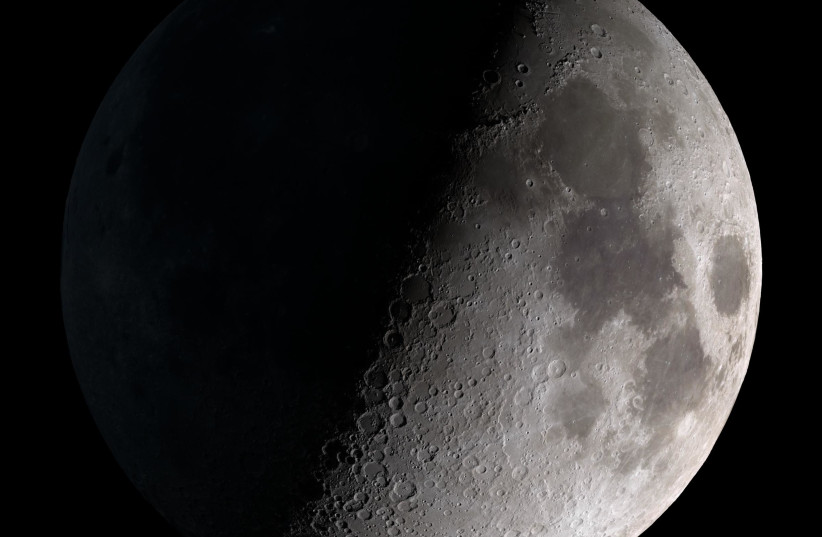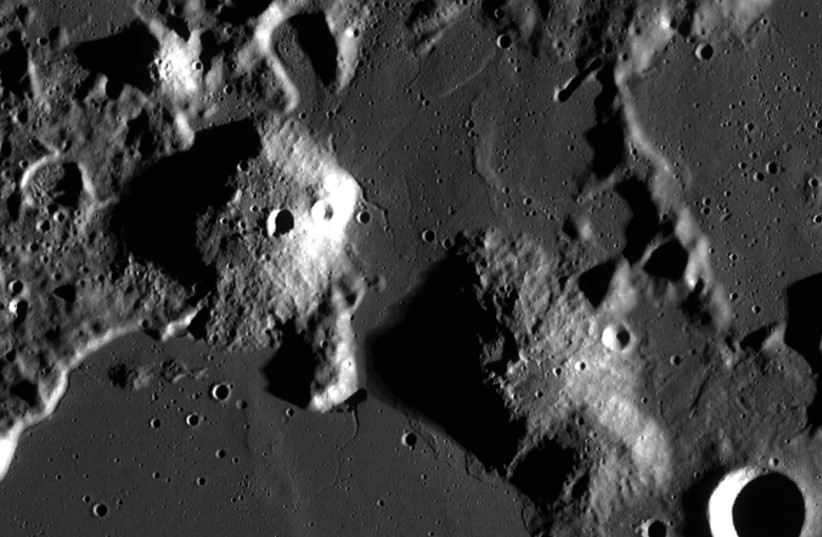NASA set to explore the mysterious volcanoes on the Moon
The Gruithuisen Domes are two lunar domes, a type of volcano, on the Moon thought to be formed with silicic lava. However, it is unknown how this could possibly form on the Moon.

NASA has added a new objective for its Artemis mission to the Moon, exploring the mysterious and enigmatic lunar mounds known as the Gruithuisen Domes.
What are the Gruithuisen Domes?
The Gruithuisen Domes are two specific mounds, designated Mons Gruithuisen Gamma and Mons Gruithuisen Delta, that exist north of the Gruithuisen crater on the Moon.
Current observations of these mounds show they are distinct from the surrounding area.
As for what they are, they are something scientists have dubbed lunar domes, which are a type of volcano.

There are a number of these volcanoes that are known to exist throughout the lunar surface.
These volcanos, especially the Gruithuisen Domes, are thought to be formed by magma rich in silica. This is notable because while the surrounding terrain is covered in the hardened remains of ancient basaltic lava — which are runny and thin – compared to thicker silicic lava, which has a consistency closer to granite.
But that is something that all makes sense, scientifically. What doesn't make sense is how it is even possible for silicic magma to form on the Moon in the first place.
Silicic volcanoes on Earth require two main ingredients to form: Plate tectonics and water. The Moon has neither of them. This means that, based on our current understanding of how volcanoes work, it should not be possible for silicic volcanoes to form on the Moon.
And yet, the Gruithuisen Domes are clearly there. So how did this happen?
Scientists have no idea. But NASA is hoping to fix that.
The Artemis mission
It is impossible to understand how the Gruithuisen Domes formed without going there to look. Now, NASA has selected a new scientific instrument suite to study the domes for the first time in a priority mission.
The instrument suite is the Lunar Vulkan Imaging and Spectroscopy Explorer (Lunar-VISE), which consists of five instruments – two of which are on a lander and three on a mobile rover.
Lunar-VISE's mission is to explore the summit of one of the domes and analyze the top.
Studying this will help solve the mystery of how these seemingly impossible domes formed. Understanding that can help NASA plan future robotic and human missions to the Moon.
Specifically, as the domes are volcanoes, this means there is likely a large concentration of heat-producing material. If we understand this better, then that heat could be a valuable resource for long-term lunar missions.
The scientists behind the $35 million Lunar-VISE are Kerri Donaldson Hanna and Adrienne Dove of the University of Central Florida (UCF).
"There’s potentially a treasure trove of knowledge waiting to be discovered, which will not only help us inform future robotic and human exploration of the moon, but may also help us better understand the history of our own planet as well as other planets in the solar system," Donaldson Hanna said in a statement.
NASA To Launch ‘Priority’ Mission Exploring Mysterious Domes On Moon’s Surface
This is merely one of several widely-anticipated scientific efforts NASA hopes to achieve on the lunar surface as part of the Artemis mission.
According to NASA, the Lunar-VISE is set to be delivered to the Moon in 2026.
Please recommend this page & follow the Sputniks Orbit


No comments:
Post a Comment